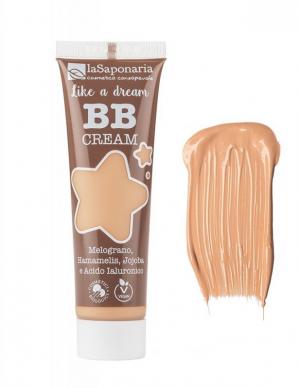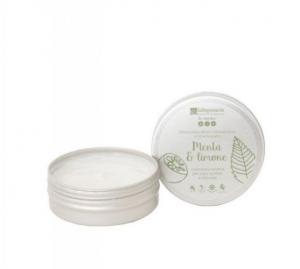Dwarf birch (Betula nana)
Other names: dwarf birch, Chamaebetula nana
Harm score: 1 (Natural substances)
The dwarf birch (Betula nana), also known as dwarf birch or by its Latin name Chamaebetula nana, is a widespread species of birch native to the northern hemisphere, specifically to areas with colder climates such as Scandinavia, Iceland, North America and Russia. It is a small shrub that grows to a height of 0.5 to 1 m. The dwarf birch usually has a low trunk and branches that spread out sideways. Somewhat unusually for birches, its bark is reddish in colour. Its leaves are small, round to kidney-shaped with rhomboid veins. The blue-purple flowers that appear on the plant in early spring are wind-pollinated.
The use of dwarf birch is very wide. Although it cannot be used to make wood in the strict sense of the word, it is used to make various items such as toys, furniture and other small utilitarian items. It is also used in medicine and cosmetics, where it is used to extract active substances. The dwarf birch is also known for its beneficial effects on the human body. It has penetrated into civilisation as an herb with a strengthening effect on the nervous system. More recent studies have shown that dwarf birch extract has antioxidant effects and may promote cardiovascular health. Dwarf birch is therefore used not only for its appearance but also for its medicinal properties.
You won't find this substance in our products. Try the natural, chemical-free products in our range.

Hyaluronic serum 15 ml
Product detail
BB cream Like
Product detail
Retinol bioactive serum 50 ml
Product detail
Bio nail serum 7 ml
Product detail